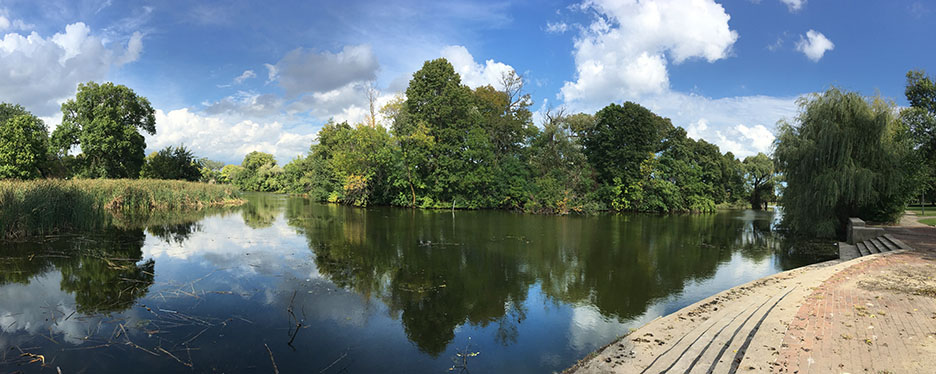
Celebrating Frederick Law Olmsted’s Legacy in Milwaukee
April 12, 2022 | Topics: Events, Spotlight
The champion of “parks for all people” is being honored locally—and nationally—for his visionary contribution. A public exhibition devoted to his work in Milwaukee opens at Villa Terrace on April 14.
By Virginia Small
Photography by Eddee Daniel
Frederick Law Olmsted, the world-famous landscape architect, faced many losses and health challenges throughout his life, but always found respite in nature. He believed that everyone should have equal access to restorative green places.
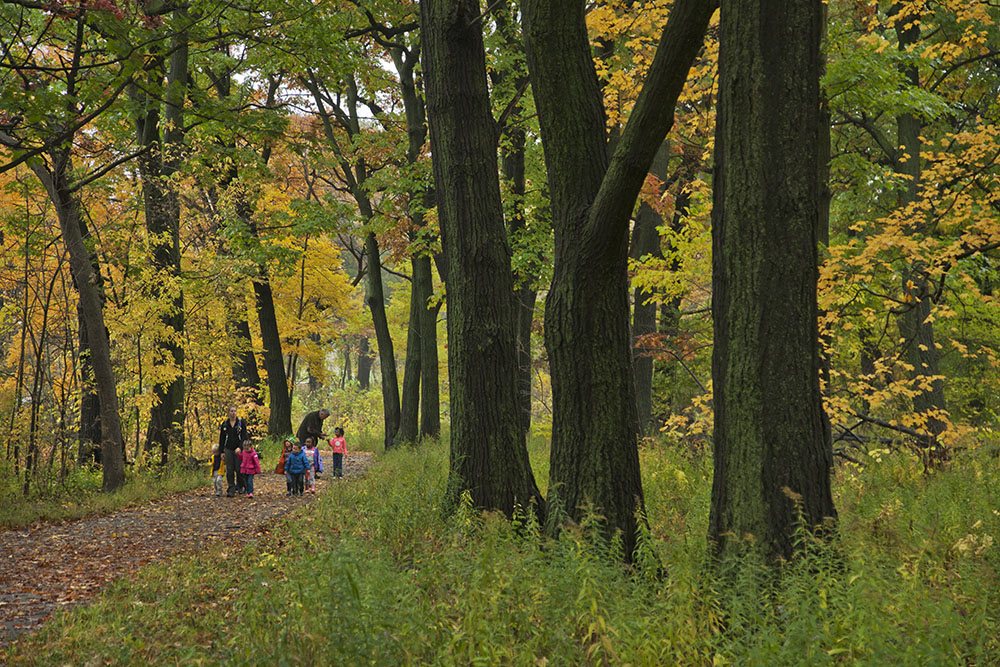
April 26th is the 200th anniversary of Olmsted’s birth and the National Association for Olmsted Parks (NAOP) is spearheading a nationwide celebration in his honor. Olmsted 200’s theme is “Celebrating Parks for All People,” a once-radical concept that the visionary landscape architect, conservationist, journalist, and social reformer championed as a way to foster democracy within a nascent America. The Covid pandemic has reconfirmed how essential parks are to people’s well-being.
Milwaukeeans are planning numerous events to celebrate Olmsted, including an exhibition about his local legacies that opens April 14th at Villa Terrace Decorative Arts Museum (see below for details).
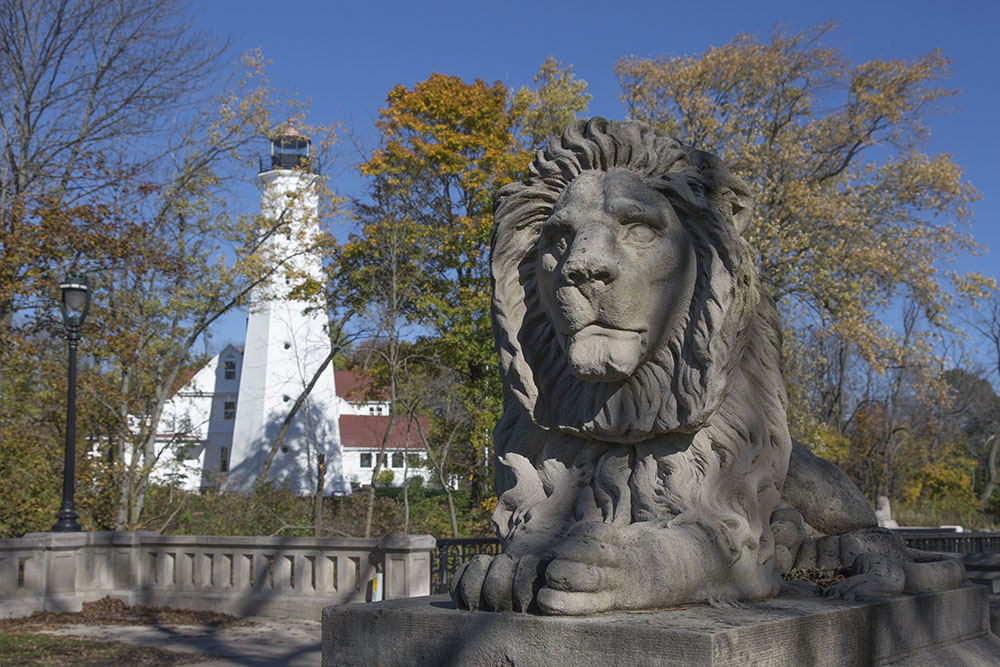
His local contributions extend far beyond the three parks he designed: Lake, Riverside and Washington, as well as Newberry Boulevard, which connects the first two. In keeping with his holistic and inclusive approaches to landscapes and urban planning, he envisioned the two East Side parks as an “orchestrated journey” linking Lake Michigan to the Milwaukee River and vice versa. In Washington Park, he designed winding paths throughout the rolling, pastoral topography, and a lagoon for ice skating and boating. In each park, plans by the Olmsted firm retained and emphasized native woodlands, ravines and other natural resources.
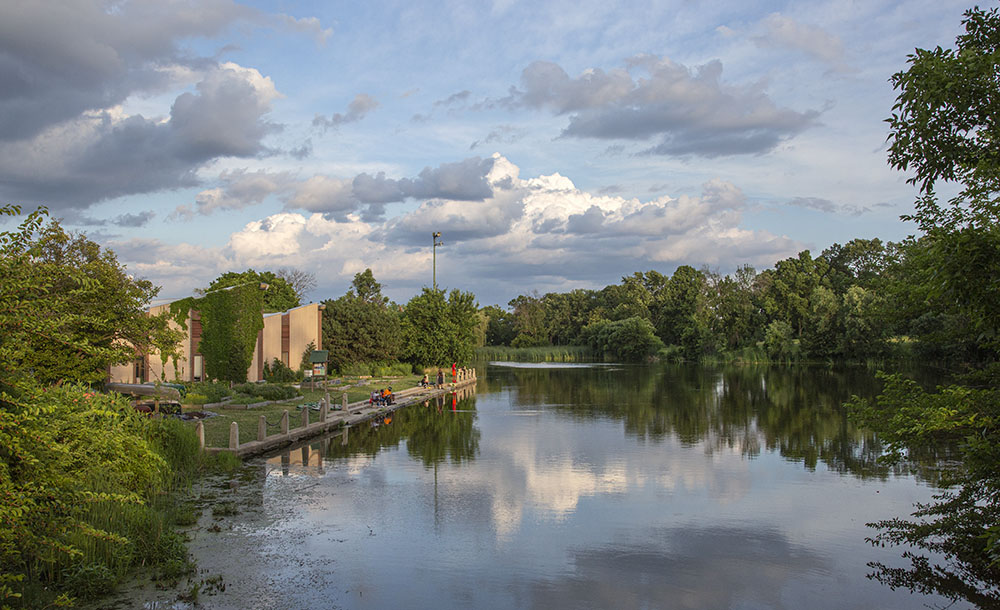
Olmsted’s General Plan for Lake Park also conceived a Shore Drive from what is now Kenwood Boulevard southward along Lake Michigan. That “pleasure drive” was the first leg of what eventually became the miles-long Lincoln Memorial Drive. Olmsted also envisioned a Ravine Road, now nicknamed “Snake Road,” that meandered from Shore Drive through one of the deep ravines, emerging on Lake Drive.
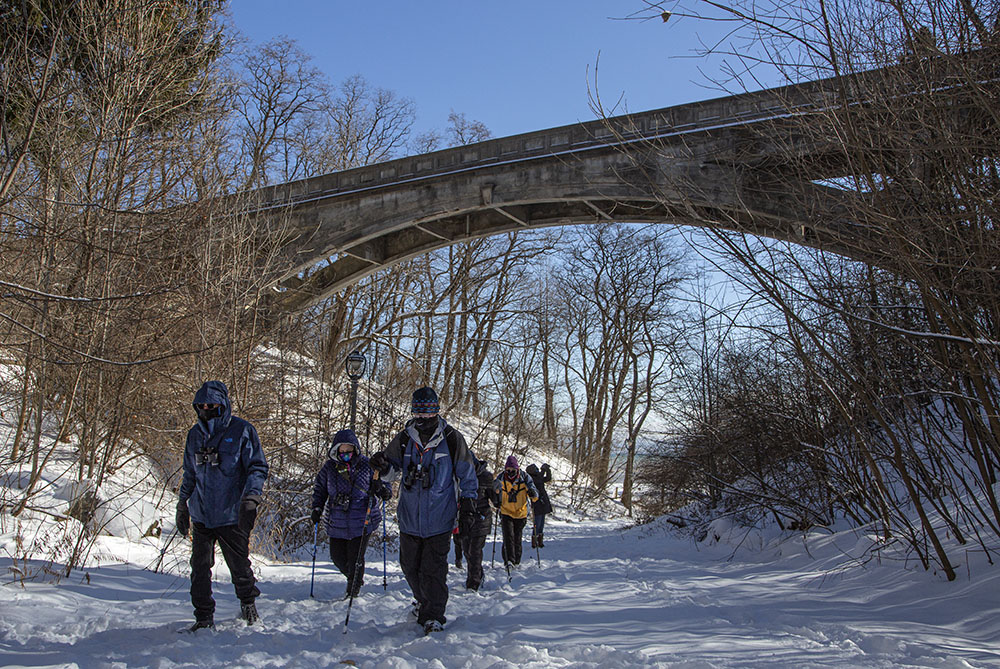
Throughout the decades, these and other Olmsted parks throughout North America invariably have invited discovery and delight. Many of them, including Lake Park and Newberry Boulevard, are listed on the National Register of Historic Places.

Olmsted always favored the long view—both literally and figuratively. In his hundreds of landscape designs, including New York’s Central Park, he accentuated—or physically created—at least one “prospect.” Olmsted loved how a lofty prospect afforded an expansive vista, an idea that could be found in all three of his Milwaukee parks.

Olmsted also promoted in many ways what is now termed “connectivity.” He and architect Calvert Vaux, his partner in designing New York City’s Central Park and other projects, designed the world’s first “parkway.” The Eastern Parkway leads into Brooklyn’s Prospect Park and was meant to extend the park experience, increase urban green space, and enhance nearby property values.
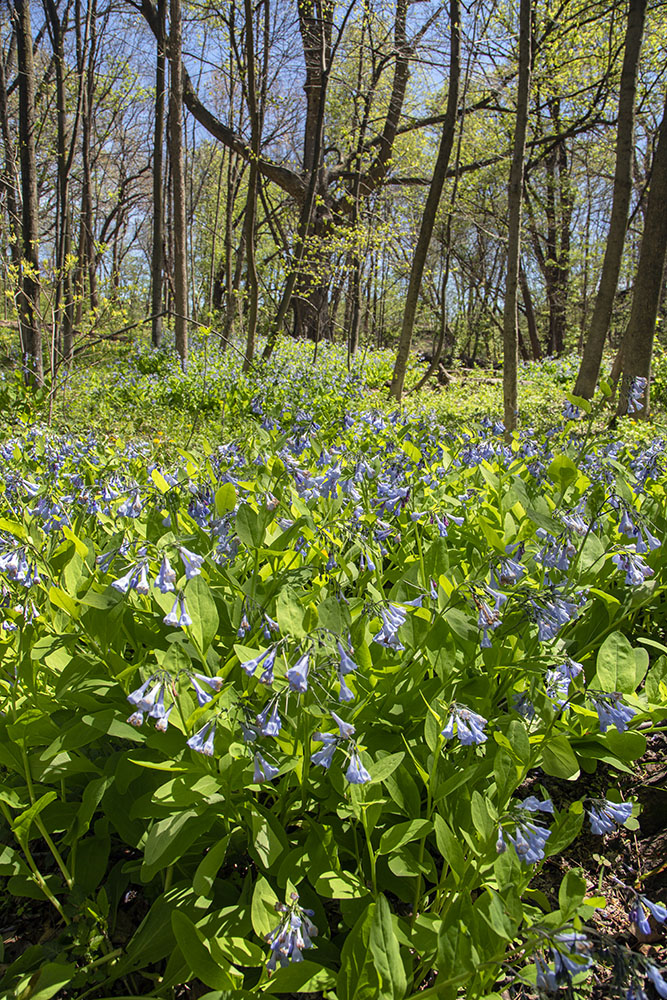
Ever the writer, Olmsted described a parkway as “a shaded green ribbon” that might “be absolutely formal or strikingly picturesque, according to circumstances.” In 1868 Olmsted and Vaux began implementing another ground-breaking concept—a “system of parks and parkways” in Buffalo, New York. The Milwaukee County Park System, with its parkways that follow rivers and streams, owes much to their precedents and vision.

Olmsted visited Milwaukee four times with his design team, between March1892 and March 1894, according to accounts in the Olmsted archives. Those visits followed correspondence between Olmsted and the City of Milwaukee’s nascent Board of Park Commissioners evaluating potential sites for parks.
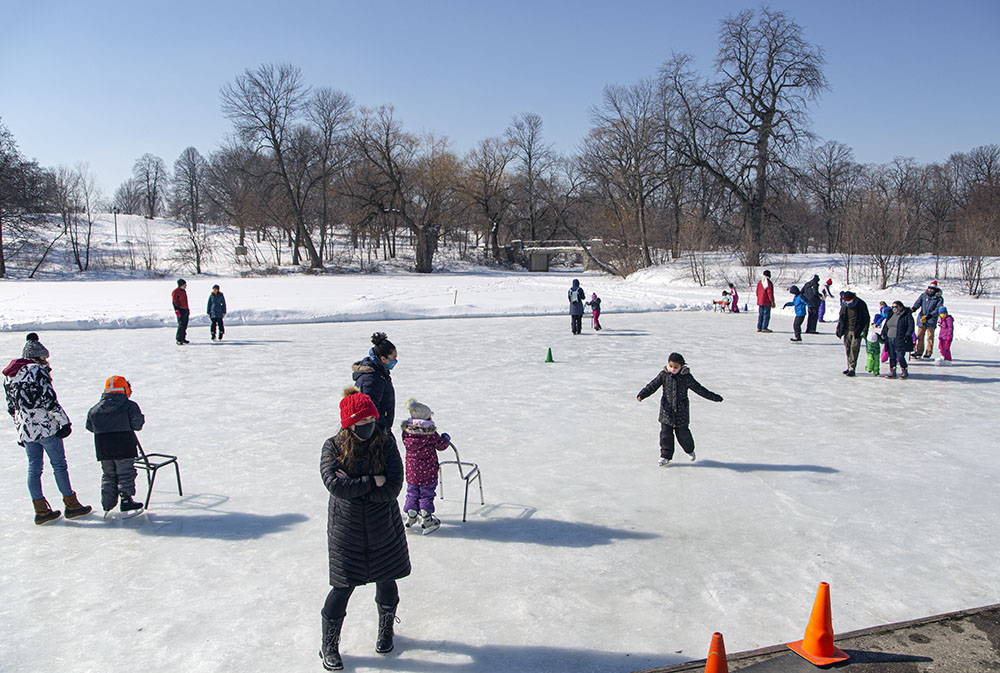
Prior to the park board’s formation in 1890, Milwaukee had a mere 60 acres of public parkland serving its 250,000 residents. Park commissioners, especially commission chair Christian Wahl, already were familiar with Olmsted and his renowned landscapes. They sought out Olmsted while he was designing the grounds for the 1893 Chicago World’s Fair.
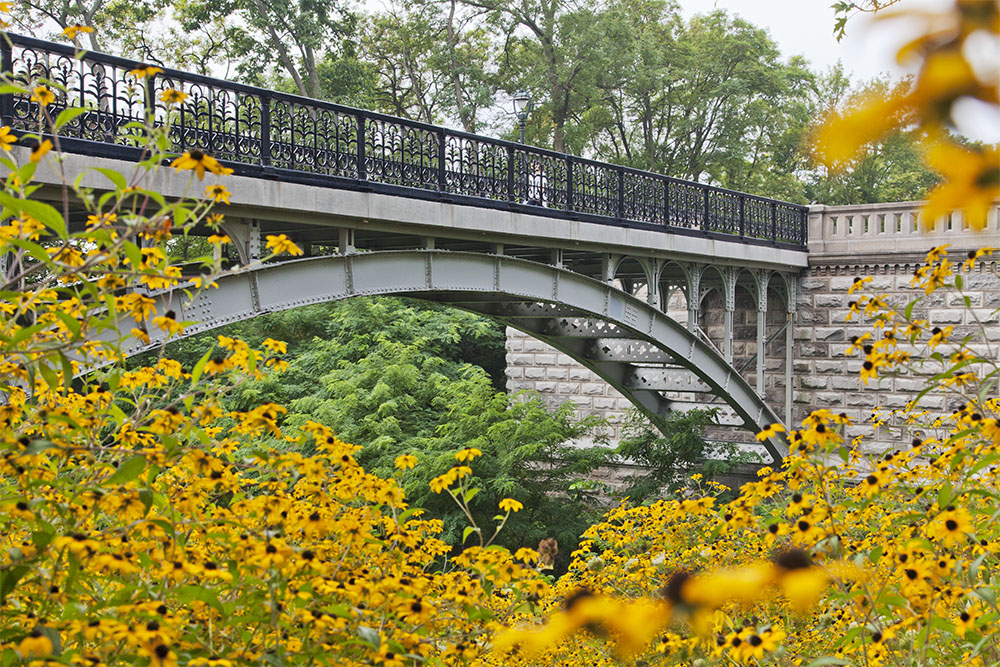
Sites for early Milwaukee parks were chosen and acquired on all sides of the city, including what became Humboldt, Kosciuszko, Mitchell and Sherman parks. Olmsted called it a “Grand Necklace of Parks,” reminiscent of the Emerald Necklace he designed in Boston. These early parks immediately became popular destinations, and demand grew for more of them. In 1923, Charles B, Whitnall, a longtime Milwaukee County park commissioner, developed a plan for a countywide system of parks and parkways, which was largely implemented. People today are indeed the beneficiaries of Olmsted’s far-sightedness.

Local programming celebrating Olmsted in Milwaukee
A Major Exhibition at Villa Terrace Decorative Arts Museum
In the Park with Olmsted: A Vision for Milwaukee
April 14th through September 25th
Opening reception on April 14: 6 to 8 p.m.
Villa Terrace is located at 2220 N. Terrace Ave. in Milwaukee
The multimedia exhibition, presented by The Friends of Villa Terrace, explores Olmsted’s local contributions within the context of his national legacies. Curated by Martha Chaiklin and Annemarie Sawkins, the exhibition features archival and contemporary images, including maps, plans, posters, paintings, photographs, and videos. Works by local and nationally renowned artists, photographers and multimedia artists highlight how creative individuals have been inspired by Milwaukee’s Olmsted parks. Among contemporary works are five of the photographs by Eddee Daniel seen here (indicated: ***).

The opening on Thursday, April 14th will include presentations by Annemarie Sawkins and and Anne “Dede” Neal Petri, president and CEO of the National Association for Olmsted Parks. General admission for adults is $10 and $7 for seniors, students and active military. Admission to Villa Terrace is free to all the first Wednesday of each month. For more information, visit OlmstedMilwaukee.org.

Frederick Law Olmsted’s Enduring Green Legacies in Milwaukee
Virginia Small will explore how Olmsted, the “Father of American Landscape Architecture” provided foundational design principles, as well as ideas about urban connectivity and equal access, that remain apparent and relevant today in parks, parkways and Milwaukee’s overall park system.
April 20 at 5:30 pm at Villa Terrace. More info and tickets at FriendsofVillaTerrace.org.
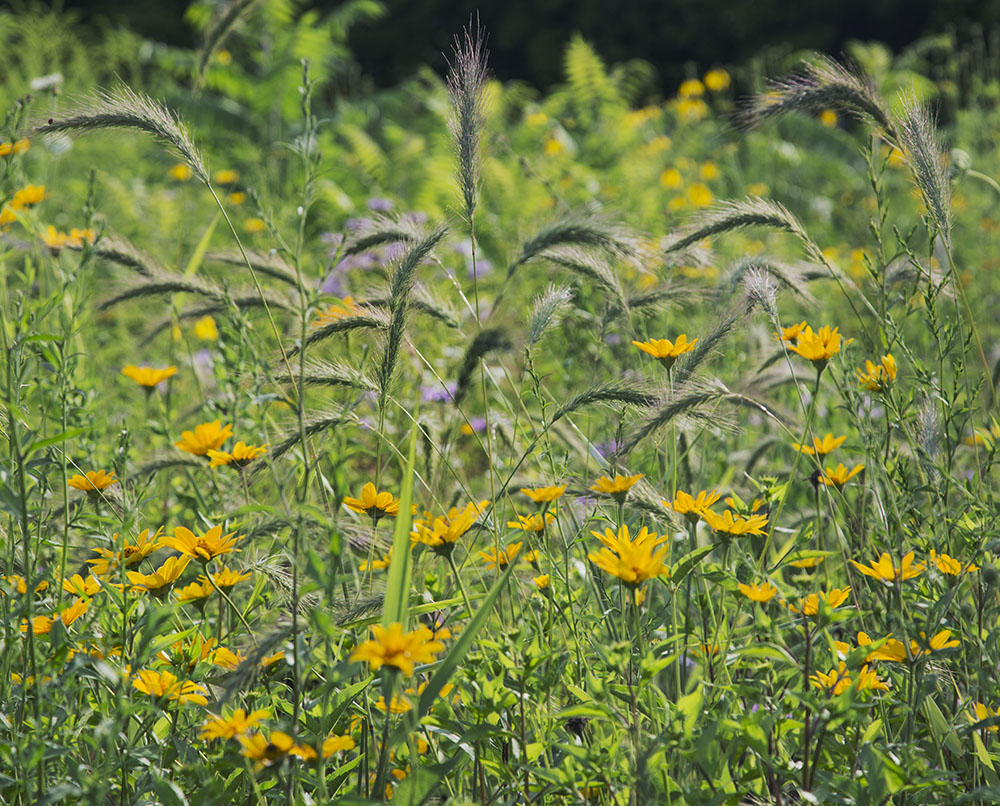
Olmsted and ‘Parks for All’: Democracy, Equity, and Environmental Justice
A panel discussion at Villa Terrace, Tuesday, April 26th, from 6:30 to 8:30 p.m. Panelists include August Ball, founder of Cream City Conservation; Steven Hunter, program director of Nearby Nature Milwaukee; Patrick Mullins, associate professor of history at Marquette University; and Arijit Sen, associate professor of architecture and urban studies at University of Wisconsin-Milwaukee.
Free. No registration needed. More information.
Frederick Law Olmsted: Bringing Nature into the City and Creating Breathing Space for Democracy
An illustrated talk by writer, public historian and filmmaker Laurence Cotton.
Saturday, May 7th, at 6 pm at MSOE. Free. No need to register. More information.

Milwaukee Parks Foundation: Mission and Vision
A presentation by Rebecca Stoner, Executive Director, Milwaukee Parks Foundation.
May 11, 2022, 6:00 – 8:00 pm at Villa Terrace. Free. No need to register More information.
Milwaukee County Parks: Challenges and A Path Forward
A panel discussion about current fiscal challenges to the park system and planning for the future.
Wed, May 18, 6 – 7:30 pm at Villa Terrace. Free. No need to register. More information.
A virtual conversation with author Hugh Howard
Author of Architects of an American Landscape: Henry Hobson Richardson, Frederick Law Olmsted, and the Reimagining of America’s Public and Private Spaces
Wednesday, June 15 at 7 pm. Free, requires registration. More info and to register.
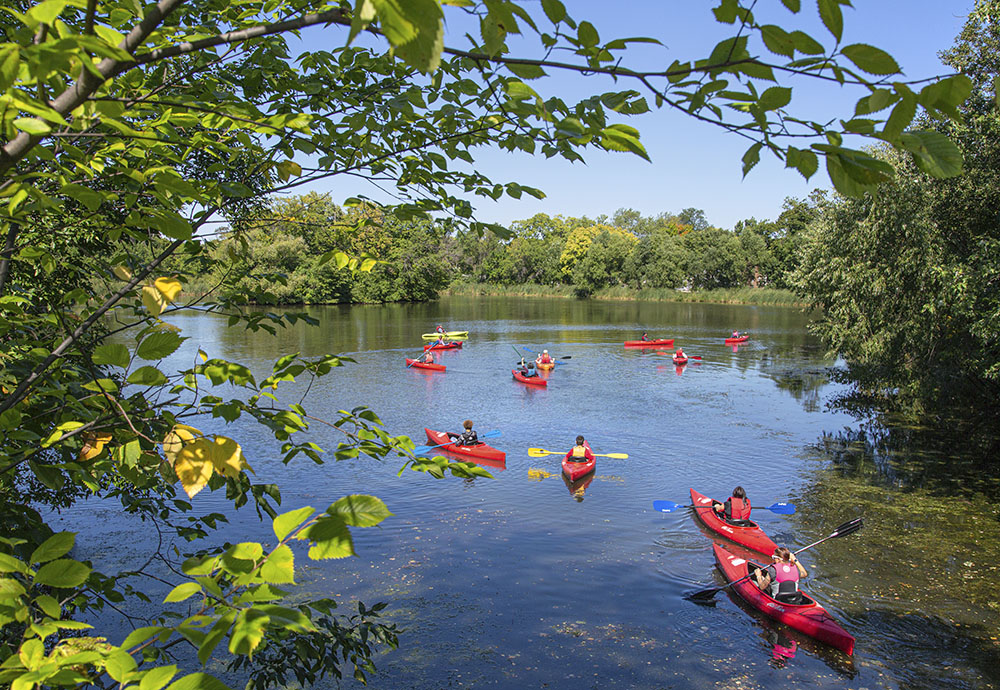
Other Olmsted 200 Events
Lake Park Friends will celebrate Olmsted on Saturday, July 16th with family-friendly activities, history tours, and a special concert at Lake Park’s Summer Stage. Other events, including in Riverside Park and Washington Park, will be announced later.
A traveling exhibit about Olmsted is available through Lake Park Friends. Designed for Olmsted 200, it includes double-sided boards for free-standing easels. Contact Lakeparkfriends@sbcglobal.net for more information and to reserve.
The Olmsted 200 website lists nationwide events open to the public. Sign up for updates at olmsted200.org.
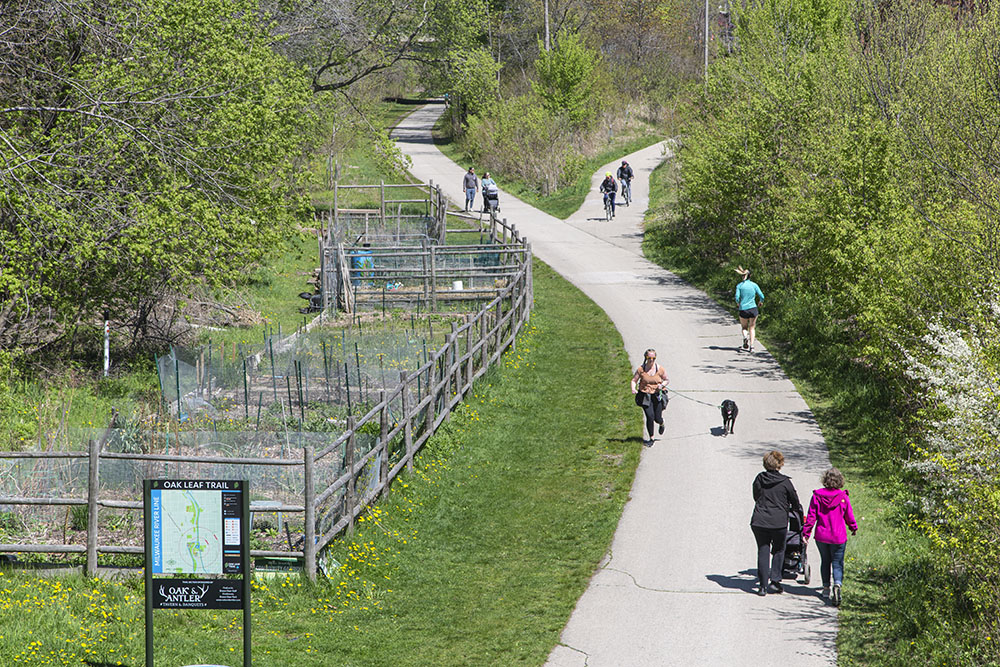
Virginia Small has researched and written about Olmsted and other landscape luminaries for 25 years, as well as about other environmental and social-justice issues. Eddee Daniel is a Milwaukee-based photographer and curator of The Natural Realm. Five of the images in this post are included in the Olmsted Exhibit at Villa Terrace Decorative Arts Museum (as indicated by ***). The featured image at the top is from Washington Park.

